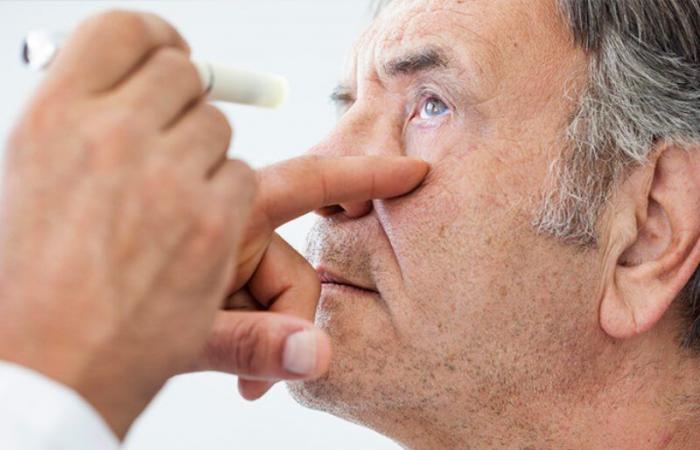Glaucoma causes severe visual impairment and difficulty seeing, and if treatment is neglected, the condition will worsen to cause vision loss that is difficult to restore again.
A research team from the John Van Geest Center for Brain Repair at the University of Cambridge, in Britain, has found the possibility of using a gene therapy to regenerate damaged nerve fibers in the eye, in a qualitative discovery that could help in developing new treatments for glaucoma (glaucoma), which is one of the main causes of injury Go blind all over the world.
According to the journal Nature Communications, nerve fibers in the central nervous system in adults do not regenerate naturally after exposure to injury and disease. This means that the damage is often irreversible.
Previous studies had concluded over the past decade to the possibility of stimulating damaged nerve cells to grow again.
In the new study, the Cambridge University research team tested the effectiveness of the gene responsible for producing a protein in the body known as Protrudin, “Protrudin”, in stimulating the regeneration of nerve cells and protecting them from damage after injury.
The researchers used an entire retina from the eye of a mouse, which was grown in a cell culture dish in the laboratory, where usually about half of the neurons of the retina die within three days of removing the retina.
But the researchers found that the protein Protrudin increased and interacted with these cells in an almost complete protection of the neurons in the retina.
Then the research team injured, using a laser, the nerve fibers in the retina of the mouse eye, which are known as axons, and analyzed their response to this injury using microscopy of the living cell, where they found that the protein Protrudine increased the activity of these nerve fibers, and their ability to regenerate to a large extent. .
The retinal nerve cells are known as retinal ganglion cells, as their axons extend from the eye to the brain through the optic nerve to follow and process visual information.
The researchers found that protrudine can stimulate and repair the affected central nervous system, regenerate nerve fibers, and protect retinal ganglion cells from damage.
The study showed that this technique may help protect against glaucoma and diseases of the nervous system such as: brain injury, spinal cord injury and optic nerve.
Dr Veselina Petrova, the first author of the study, said, “Our strategy relies on the use of gene therapy, an approach in clinical use, to deliver a protein that is naturally present in the endoplasmic reticulum (small structures inside the body’s cells), to the eye, as it is possible to develop Our treatment is a new way to protect nerve cells in the retina from damage, as well as stimulate nerve fibers to grow. ”
She indicated that these results need more research to see the possibility of developing them into effective treatments for humans.
These were the details of the news A qualitative discovery to develop a new treatment for “glaucoma” in... for this day. We hope that we have succeeded by giving you the full details and information. To follow all our news, you can subscribe to the alerts system or to one of our different systems to provide you with all that is new.
It is also worth noting that the original news has been published and is available at saudi24news and the editorial team at AlKhaleej Today has confirmed it and it has been modified, and it may have been completely transferred or quoted from it and you can read and follow this news from its main source.

